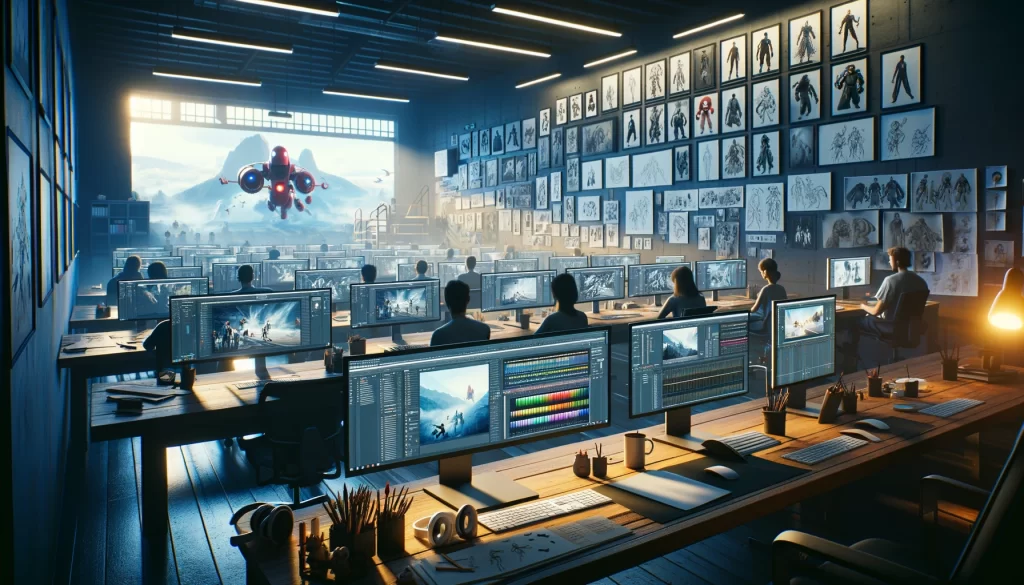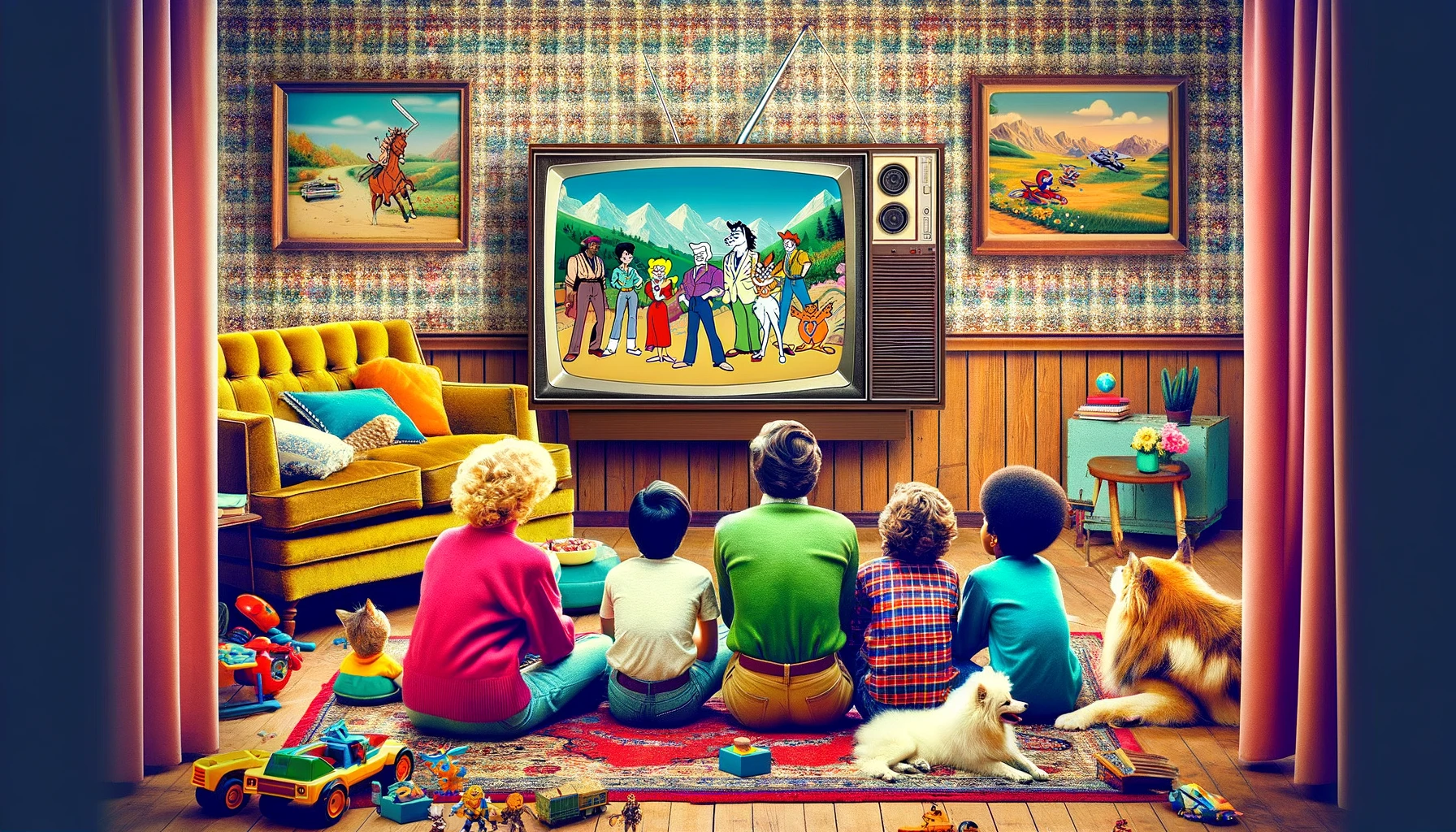The evolution of animation is a testament to the boundless creativity and innovation within the entertainment industry. From the early days of Saturday morning cartoons that captivated the hearts of children around the world to the cinematic masterpieces that appeal to audiences of all ages, animation has undergone a significant transformation. This journey not only showcases technological advancements but also a deepening in storytelling complexity, making it a beloved art form for both children and adults.
The Early Days of Animation
Animation’s roots can be traced back to the early 20th century, with simple yet charming cartoons that laid the groundwork for the industry. These animations were often characterized by their slapstick humor and repetitive gags, primarily aimed at entertaining young audiences. Icons like Mickey Mouse and Bugs Bunny emerged during this era, becoming cultural staples.
The Golden Age of Saturday Morning Cartoons
The mid-20th century marked the golden age of Saturday morning cartoons, a weekly ritual for children across the globe. Shows like “Scooby-Doo,” “The Flintstones,” and “Tom and Jerry” dominated television screens, offering light-hearted entertainment that was eagerly anticipated each week. This period solidified animation’s place in children’s entertainment, relying heavily on formulaic storytelling and vibrant characters.

Technological Advancements in Animation
The late 20th and early 21st centuries introduced significant technological advancements in animation, shifting from traditional hand-drawn techniques to digital animation. This transition allowed for greater creativity and complexity in animation, with studios like Pixar leading the charge with “Toy Story,” the first fully computer-animated feature film. These advancements opened up new possibilities for storytelling, visual effects, and character development, enhancing the overall cinematic experience.
Deepening Storytelling and Broader Appeal
As animation technology evolved, so did the narratives. Modern animated films and series began to explore more complex themes, including identity, family, and societal issues, making them relevant to both children and adults. This shift is evident in films like “Spirited Away” and “Inside Out,” which offer layered storytelling that resonates across age groups. The appeal of animation expanded, attracting a wider audience and gaining recognition as a serious art form capable of conveying profound messages.
The Rise of Adult Animation
Parallel to the evolution of family-friendly animation, there has been a significant rise in animation aimed exclusively at adults. Shows like “The Simpsons,” “BoJack Horseman,” and “Rick and Morty” have showcased animation’s versatility in tackling mature themes, satire, and dark humor. This genre expansion has further demonstrated animation’s limitless potential in storytelling and its ability to engage with a diverse range of topics.
The Global Influence of Animation
Animation’s evolution is also marked by its growing global influence. Japanese anime, in particular, has had a profound impact worldwide, offering unique storytelling, artistic styles, and cultural perspectives. Series like “Naruto” and films like “Your Name” have garnered international acclaim, highlighting the cross-cultural appeal of animation and its ability to unite audiences across different backgrounds.
The transformation of animation
The transformation of animation from simple cartoons to cinematic masterpieces reflects the medium’s incredible journey. Through technological advancements and a deepening in storytelling, animation has become a versatile and powerful form of entertainment that appeals to a broad audience. As we look to the future, the potential for innovation and creativity within animation remains boundless, promising even more exciting developments in this dynamic art form.




